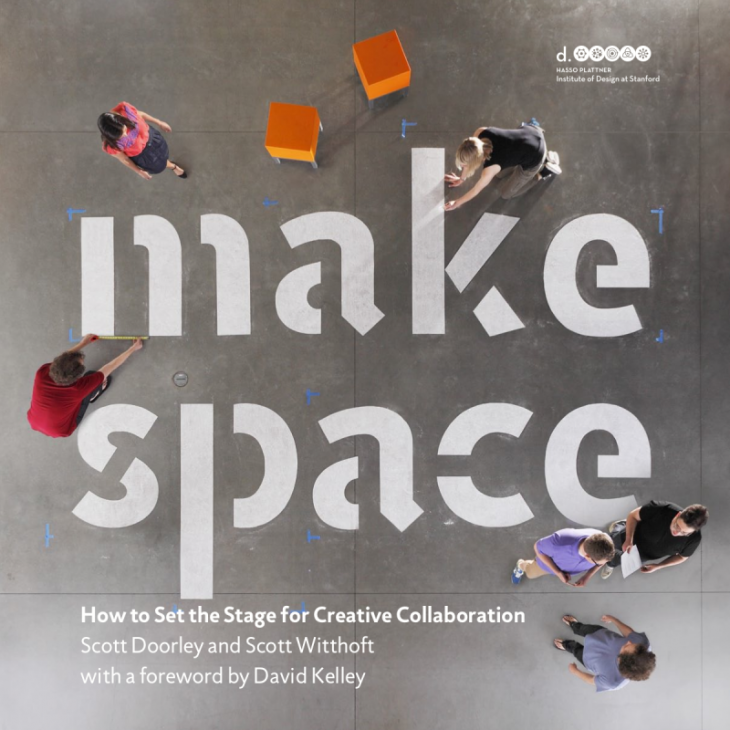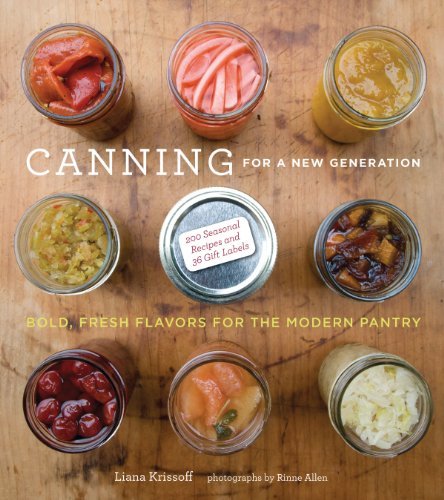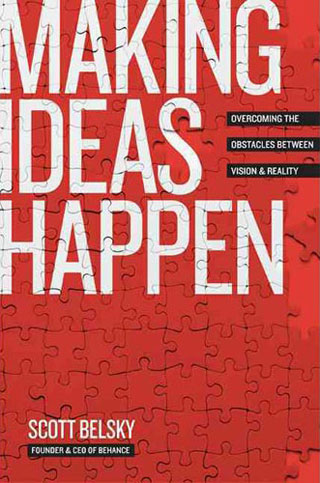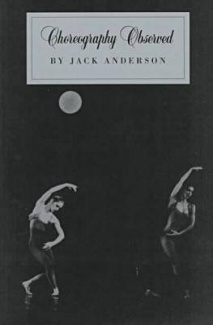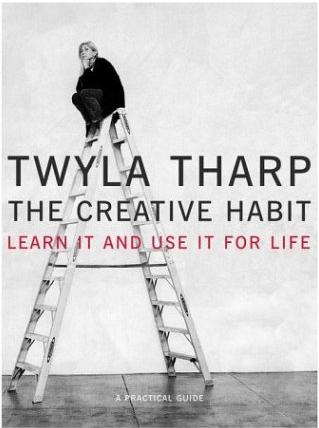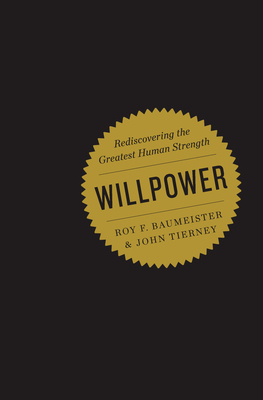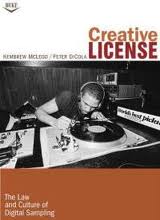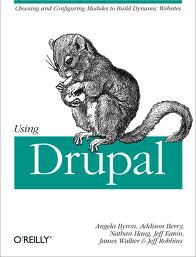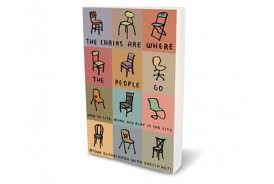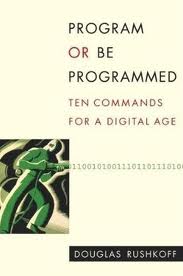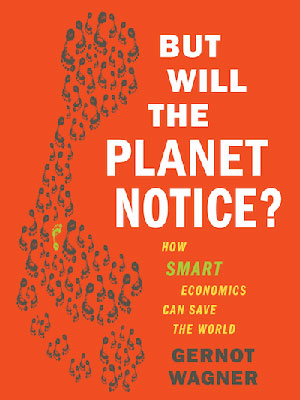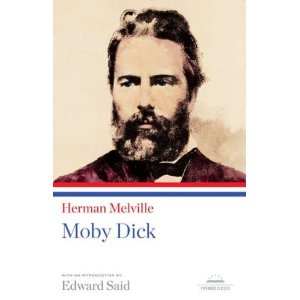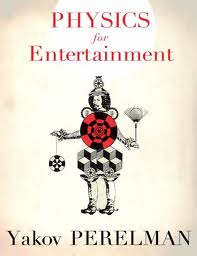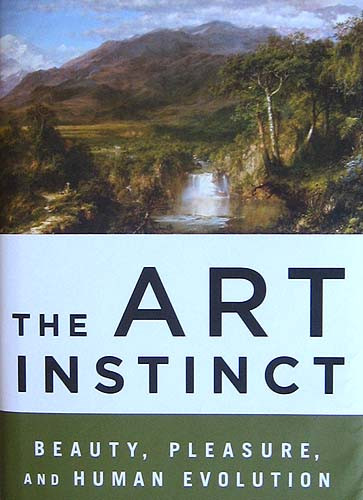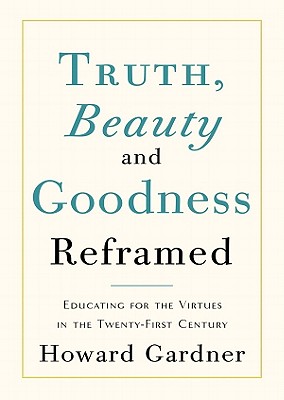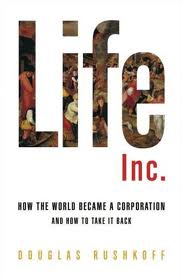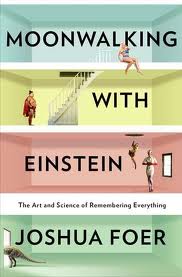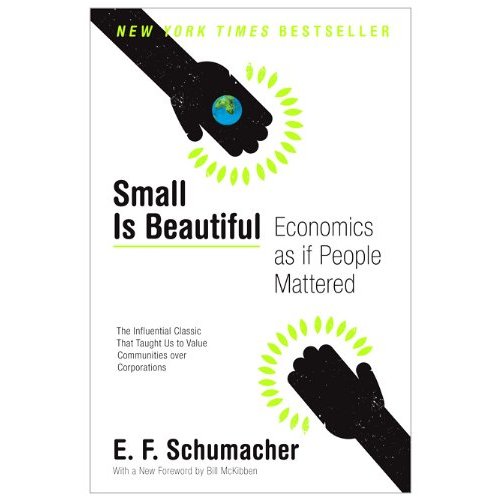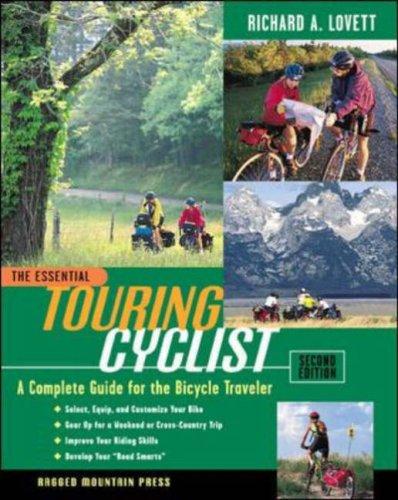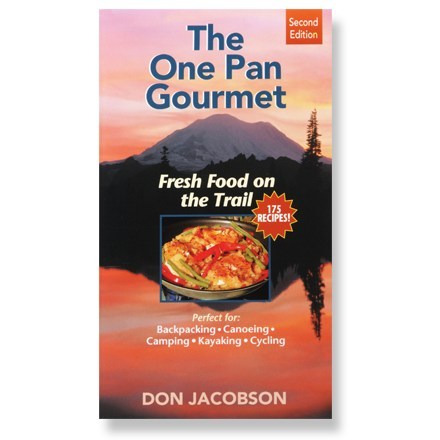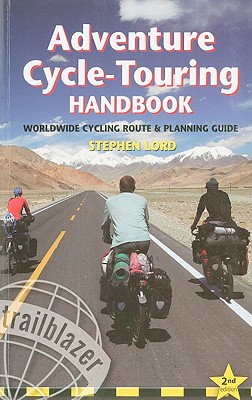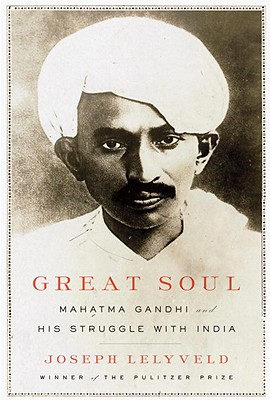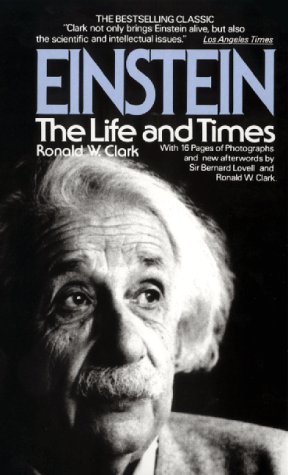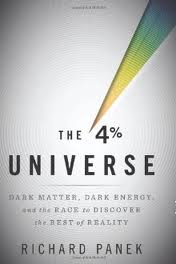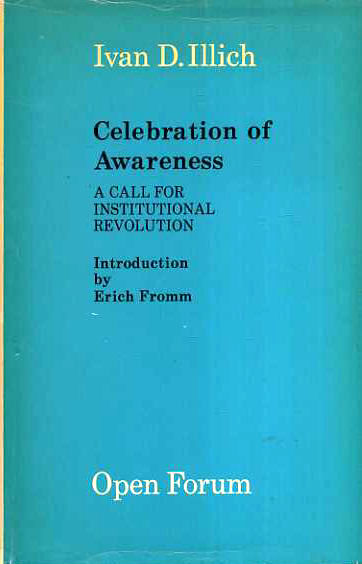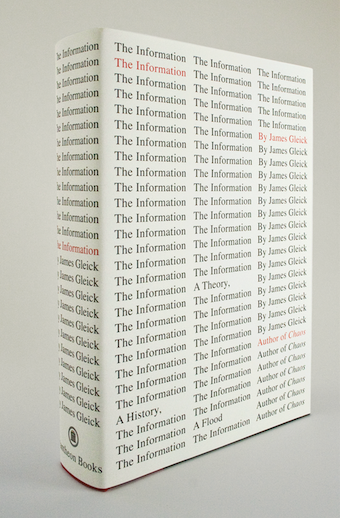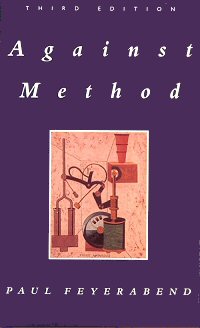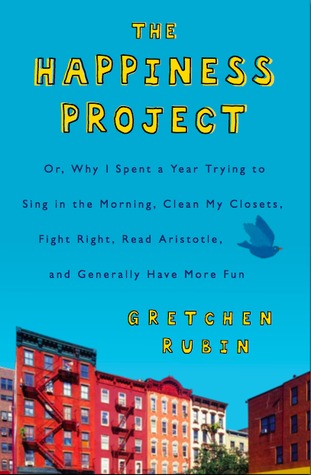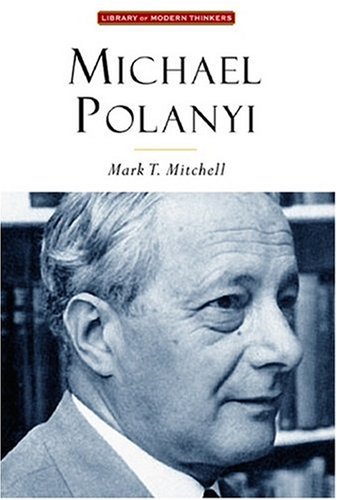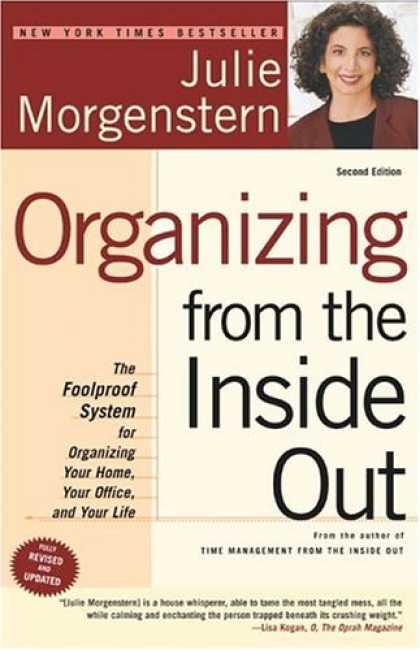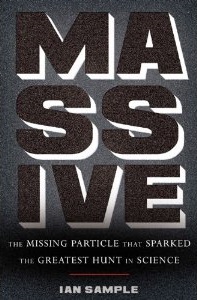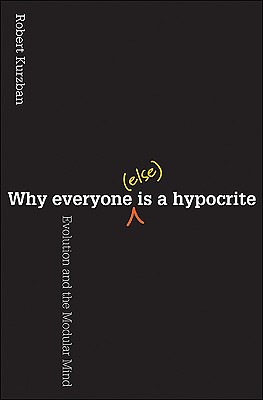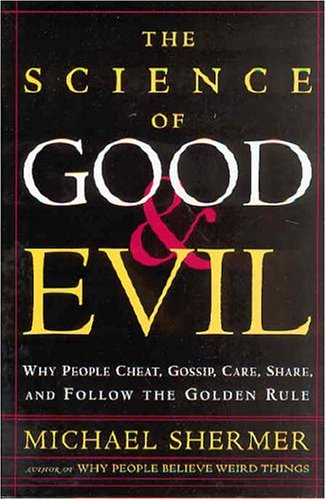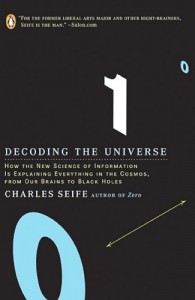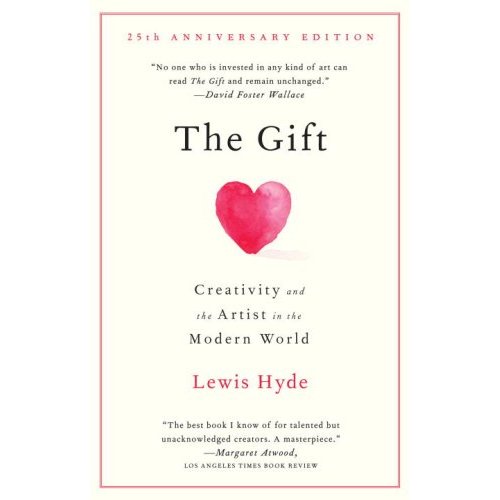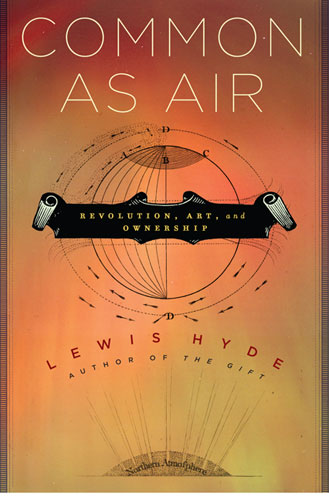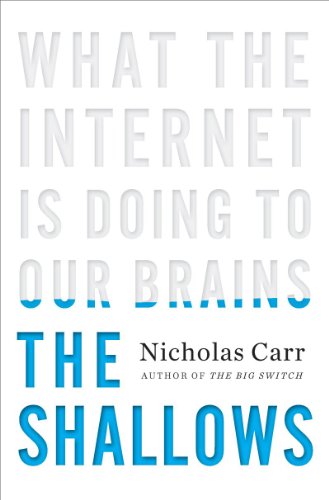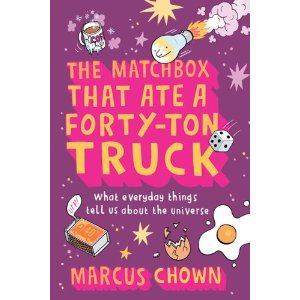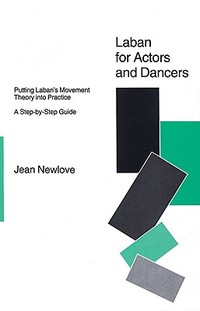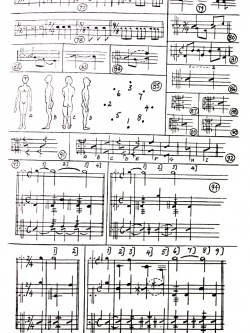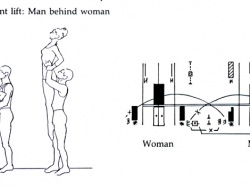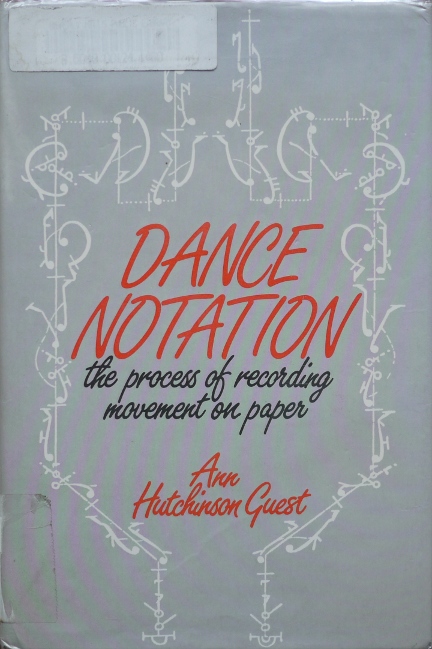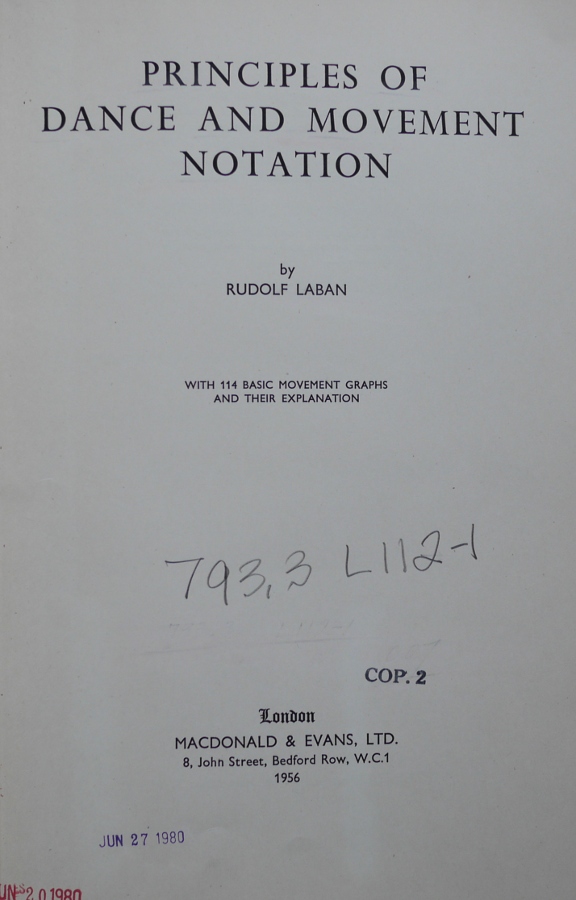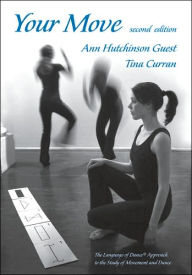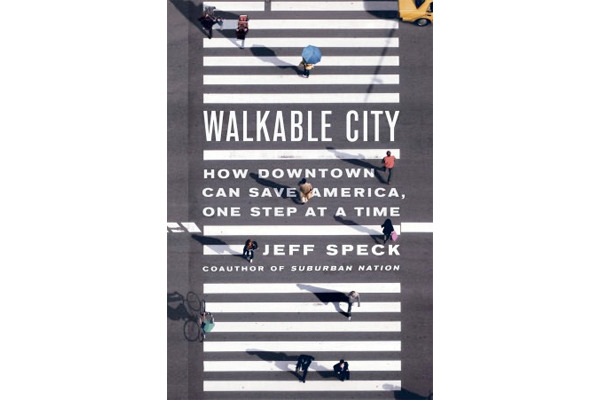
Walkable City, How Downtown Can Save America One Step At A Time
Jeff Speck
pub. 2012, 312p
source: LAPL
This was the perfect book at the perfect time. A few years into car-free living and having committed to long-term stay in my apartment, Walkable City was both a pat on the back and an inspiration to make my community better. This was one of the best books I've read in 2016.
Speck is an experienced city planner with a mind open to unconventional and experimental design. His writing is engaging and honest and shines when grappling with nuance. "Bike lanes make people want to ride... though cyclists are probably safer without them... we should build them all the same." Speck explains the enormous impact that street design and parking considerations have on communities, with ideas on how to improve every issue he elucidates. Best of all, the improvements that make cities walkable bring substantial environmental benefits. Progress on multiple fronts!
I was already convinced that bicycling is nirvana but now I have the data to support my intuition. Better yet, I have ideas for how to contribute to making my city, my street, and my own building facade more amenable to the kind of walkable city we all want.
Car crashes have killed over 3.2 million Americans, considerably more than all of our wars combined. They are the leading cause of death for all Americans between the ages of one and thirty-four.
... if you add the two factors together [traffic crashes and crime], you are 19 percent safer in the inner city than in the outer suburbs.
... we hate commuting. ... One study found that "a 23-minute commute had the same effect on happiness as a 19-percent reduction in income."
Our cities, which are twice as efficient as our suburbs, [still] burn twice the fuel of these European, Canadian, and Aussie/Kiwi places. Yet the quality of life in these foreign cities is deemed higher than ours, by a long shot. ... Vancouver, British Columbia, number one in The Economist's ranking, proves a useful model. By the mid-twentieth century, it was fairly indistinguishable from a typical U.S. city. Then, beginning in the 1950s, when most American cities were building highways, planners in Vancouver began advocating for high-rise housing downtown. This strategy, which included stringent requirements for green space and transit, really hit its stride in the mid-1990s, and the change has been profound. Since that time, the amount of walking and biking citywide has doubled, from 15 percent to 30 percent of all trips. Vancouver is not ranked number one for livability because it is so sustainable; the things that make it sustainable also make it livable.
The main problem with traffic studies is they almost never consider the phenomenon of induced demand. ... In 2004, a meta-analysis of dozens of prevoius studies found that "on average, a 10 percent increase in lane miles induces an immediate 4 percent increase in vehicle miles traveled, which climbs to 10 percent -- the entire new capacity -- in a few years."
It turns out that there is a strong correlation between a metropolitan area's average traffic speed and its fuel use. Cities with higher congestion use less fuel per capita, while cities with the least congestion use the most fuel.
This strange circumstance exists not because driving in traffic is more efficient --- it isn't --- but because of the way we pay to drive. Whether we own or lease, most of the costs are fixed: the price of the vehicle (and/or financing), the driver's insurance, the registration fees, and most of the maintenance fees are largely the same whether we drive a little or a lot. ... According to the AAA, for a large sedan driven ten thousand miles per year, the operating costs total only one-fifth of the ownership costs. ... This all adds up to a situation in which you are paying to drive whether you drive or not, in which the more you drive, the less each mile costs, and in which the greatest constraint to driving, then, is congestion.
The typical American highway is ... a state road running right through the middle of your town, lined by homes and businesses that are doing their best to maintain their value, often while the state DOT does its best to increase the road's volume. This is why, in the inimitable words of Andres Duany, "the Department of Transportation, in its single-minded pursuit of traffic flow, has destroyed more American towns than General Sherman."
[Ivan] Illich uncovered a vast mother lode of American waste: "The model American male devotes more than 1600 hours a year to his car. He sits in it while it goes and while it sits idling. He parks it and searches for it. He earns the money to put down to meet the monthly installments. He works to pay for gasoline, tolls, insurance, taxes, and tickets. He spends four of his sixteen waking hours on the road or gathering the resources for it. ... The model American puts in 1600 hours to get 7500 miles: less than five miles per hour. In countries deprived of transportation industry, people manage to do the same, walking wherever they want to go, and they allocate only 3 to 8 percent of their society's budget to traffic instead of 28 percent. And this figure does not take into account the time consumed by other activities dictated by transport: time spent in hospitals, traffic courts, and garages; time spent watching automobile commercials or attending consumer education meetings to improve the quality of the next buy." And let's not forget that Illich's data were from roughly 1970, when we drove considerably less and spent considerably less of our income on driving.
The most expensive parking space, in an underground parking garage, can cost forty thousand dollars or more to build. Parking spaces under Seattle's Pacific Place Shopping Center, built by the city, cost over sixty thousand dollars each. In between those extremes is the standard aboveground parking structure, which can usually be built for between twenty and thirty thousand dollars per space.
A study of six different urban sites found that roughly a third of all traffic congestion was made up of people trying to find a parking spot. In one Los Angeles neighborhood, Westwood Village, it was twice that amount -- and between 1:00 and 2:00pm, an astounding 96 percent of cars on the road were circling for parking.
What happened over the next decade was as shocking in reality as it was predictable in theory. Old Pasadena staged a brilliant revival, while Westwood Village entered a steady economic decline that continues to this day [2012]. ... In the interest of telling the whole story, it is worth spending another minute describing exactly how boneheaded Westwood Village was. Faced with the perception that a parking shortage was to blame for their economic woes, community leaders responded by cutting the price of on-street parking in half. ("Adam Smith, please call your office!") Meanwhile, the city continued to enforce its draconian off-street "replacement parking requirement", which effectively made redevelopment impossible. Even though the village's vast supply of asphalt parking lots typically held 1,250 unused spaces at peak hour, any developers who wanted to build on these lots were required to both meet their parking quota and replace half of the removed spaces. ... in Old Pasadena, things almost went the other way. When the city first proposed installing meters, it was fought vehemently by downtown merchants, who were convinced that they would lose all their business to the mall.
Currently, only 1.5 perent of all trips in the United States are made on public transportation. In our star cities of Washington, Chicago, and San Francisco, that number is closer to 5 percent, and the New York region, unsurprisingly, tops the list at 9 percent. But what happens when you cross the border? Toronto, with a residential density roughly a third of New York's, has a 14 percent transit share. Across the Atlantic, Barcelona and Rome hit 35 percent. Tokyo tops 60 and Hong Kong, the global leader, has reached 73 percent.
... a national poll funded by Transportation for America found that the average respondent would allocate 41 percent of transportation funding for public transit versus 37 percent for roads. In another poll, the devoutly nonideological Consumer Preference Survey, respondents favored public transportation over road building as a solution to congestion by almost three to one. The actual funding allocation currently favors roads four to one over transit...
[p166] The good news is that four-lane streets can be as inefficient as they are deadly, because the fast lane is also the left-hand turn lane, and maintaining speed often means jockeying from lane to lane. Thanks to this inefficiency, many cities across the country are finding it politically possible to introduce something called a "road diet". In a road diet, a standard four-lane street is replaced by a three-lane street: one lane in each direction and a center lane reserved for left turns.
[p170] ... allow me to introduce you to the second great misunderstanding that lies at the root of most urban degredation today: widening a city's streets in the name of safety is like distributing hand guns to deter crime.
[p172] Recognizing that only 5 percent of pedestrian collisions at twenty miles per hour result in death, versus 85 percent at 40 mph, the British have introduced... "20's Plenty" campaigns...
[p186] The other way that cities increase traffic flow at the expense of pedestrians is with the "right on red" rule. God knows, I love this as a driver, but, as Jan Gehl puts it, "the widespread American practice of allowing cars to 'turn right on red' at intersections is unthinkable in cities that want to invite people to walk and bicycle." ... Of course, the obligatory right-on-green is even more dangerous to pedestrians -- and left-on-green worse than that -- since the driver is being told to go. One recent safety innovation, just implemented in Washington D.C., is the leading pedestrian interval ... the "walk" signal appears about three seconds prior to the green light... Meanwhile, in Los Angeles, the city's bright idea for improving pedestrian safety is to remove crosswalks.
[p190] ... cities with more bicyclists are considerably safer for both bicyclists and pedestrians. ... As bike lanes have been added along New York's avenues, injuries to pedestrians have dropped by about a third. Indeed, on Broadway and on Ninth Avenue, reported accidents and injuries to all users were cut in half, outpacing even the advocates' expectations.
[p191] Compared to the car, the bicycle's spacial demands are minimal. Ten bikes can park in the space of a single car, and the typical bike lane handles five to ten times the traffic volume of a car lane twice its width. As already mentioned, money spent on bike lanes generates more than twice the jobs of money spent on car lanes. And if every American biked an hour per day instead of driving, the United States would cut its gasoline consumption by 38 percent and its greenhouse gas emissions by 12 percent, meeting the Kyoto Accords instantly.
[p242] ... Andres Duany, Elizabeth Plater-Zyberk, and I advocated for the replacement of conventional city zoning codes with a new type of instrument that we called the Traditional Neighborhood Development Ordinance. ... this ordinance was notable for how it supplanted the land-use and statistical orientation of conventional coding with a focus on the physical form of buildings: how they met the ground, the street, and the sky; how they handled the transition from public to private realms; and how they hid their parking.
... The most prominent version of this ordinance, called the SmartCode, is a piece of open-source shareware available for free download. This document is a comprehensive tool for making better places, and almost every growing city would benefit from throwing out its current zoning in favor of the SmartCode or something similar.
[p257] ... when I do a walkability plan, it is a multistep process. First, I study every street that has a chance of being walkable and I grade it in terms of its urban qualities. I ignore the street's traffic characteristics, since they are simple to fix, and look only at comfort and interest: spatial definition and the presence of friendly faces. This effort produces a map in which the streets are colored from green through yellow to red based on their potential to attract pedestrian life. From this map, a pattern emerges, in which certain streets that are good enough come together to form a clear network of walkability. I then supplement this network with the additional streets that are necessary to connect it to the key anchors that it almost reaches, including other pieces of itself.
[p260] This is one of the toughest questions a city planner can face. ... "Why are you working on downtown when it's in such better shape than where we live?" ...
The answer to this question is simple. The downtown is the only part of the city that belongs to everybody.
